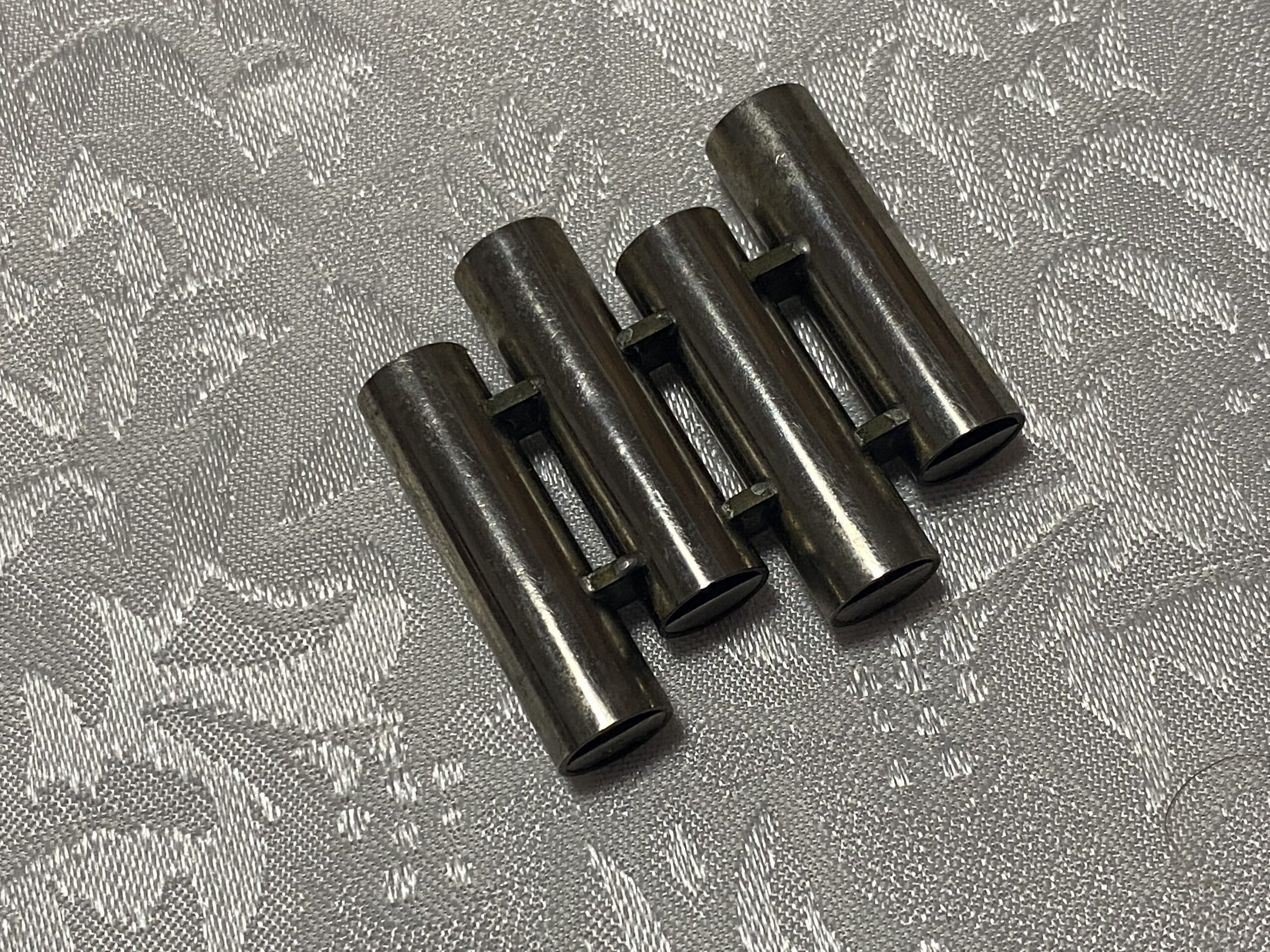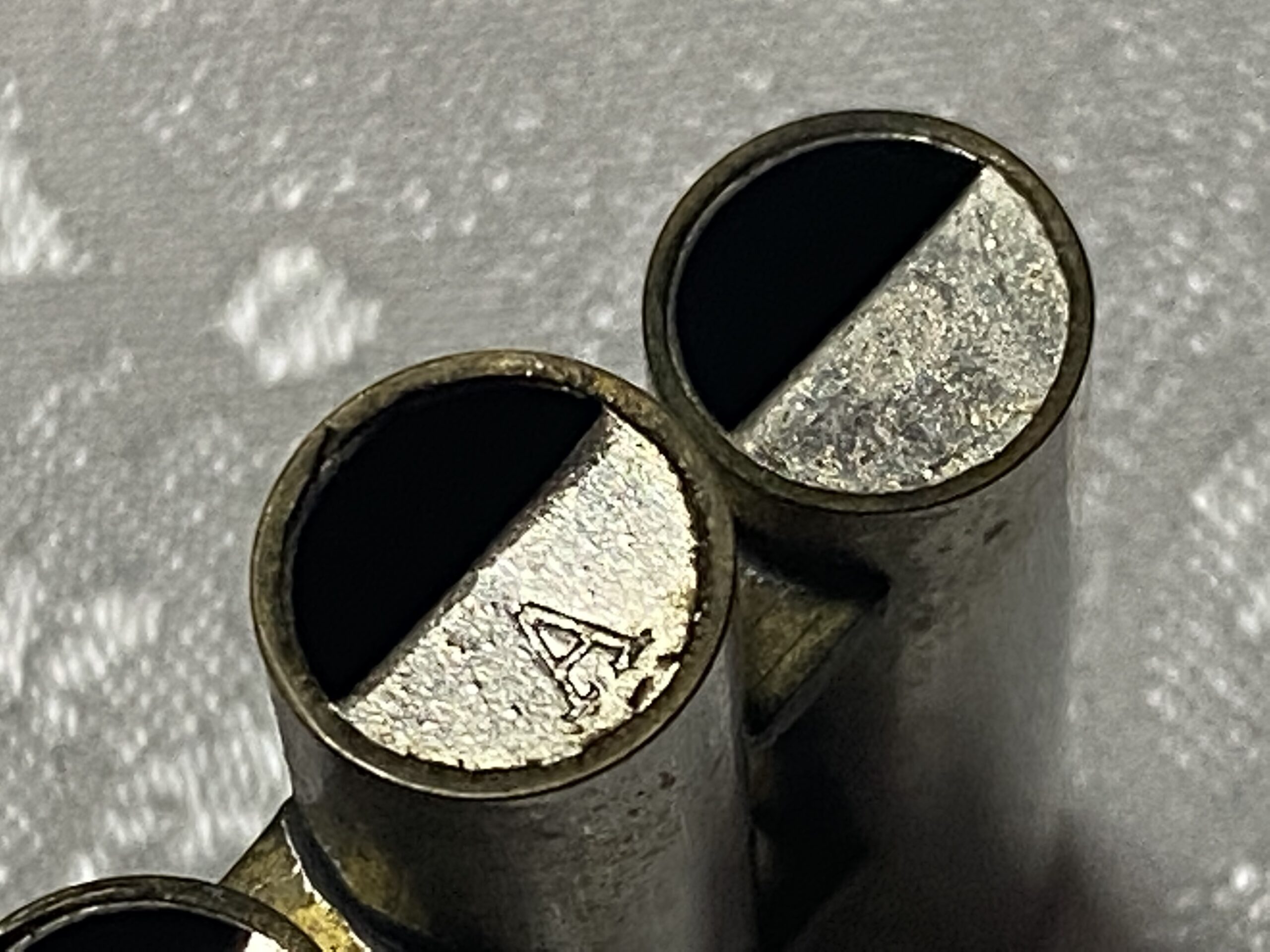Vintage violin tuner/ pitch pipe, Made in Czechoslovakia: 4,201 ppm Lead + 1,316 ppm Cadmium on the mouthpiece end
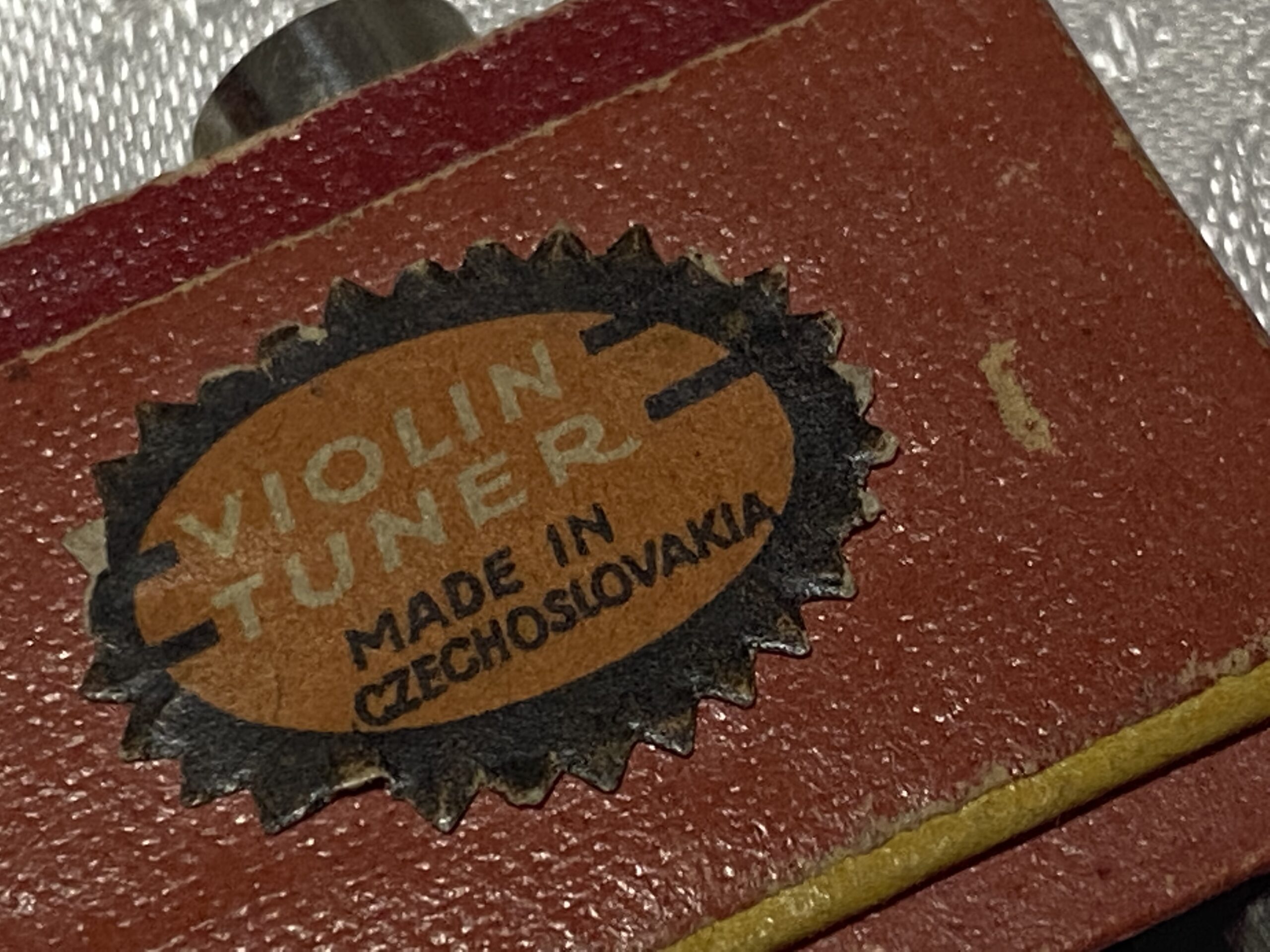
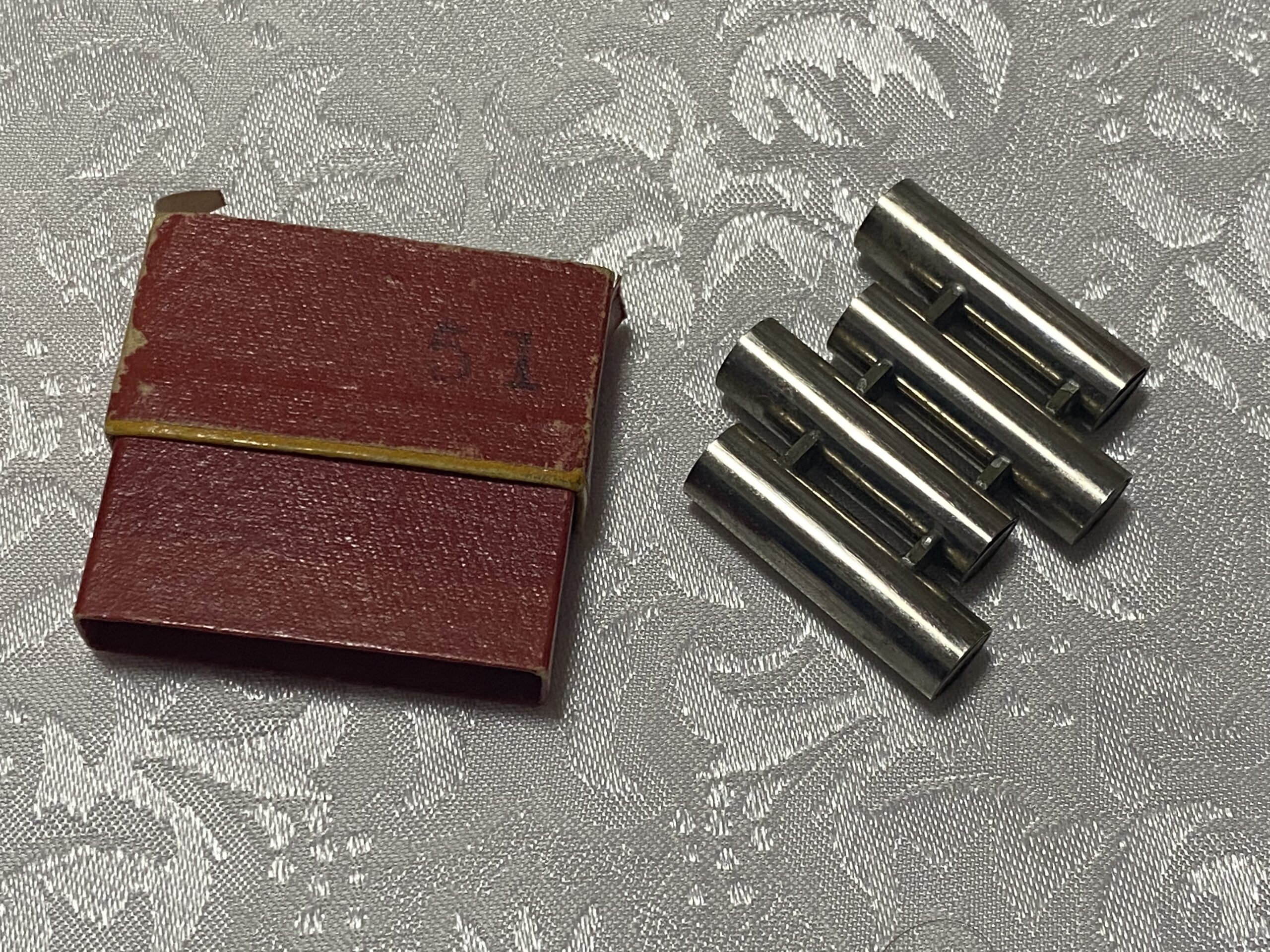
For those new to the Lead Safe Mama website:
Tamara Rubin is a multiple-federal-award-winning independent advocate for childhood Lead poisoning prevention and consumer goods safety, and a documentary filmmaker. She is also a mother of Lead-poisoned children (two of her four sons were acutely Lead-poisoned in 2005).
- Tamara owns and runs Lead Safe Mama, LLC — a unique community collaborative woman-owned small business for childhood Lead poisoning prevention and consumer goods safety.
- Since July 2022, the work of Lead Safe Mama, LLC has been responsible for six product recalls (FDA and CPSC).
- All test results reported on this website are science-based, accurate, and replicable.
- Please check out our press page to see some of the news coverage of our work, linked here.
XRF test results for the pitch pipe pictured:
Reading #1) On metal of the pipe, near the mouthpiece end
30-second reading:
- Lead (Pb): 4,201 +/- 218 ppm
- Cadmium (Cd): 1,316 +/- 59 ppm
- Mercury (Hg): non-detect
- Bromine (Br): 86 +/- 18 ppm
- Chromium (Cr): 184 +/- 104 ppm
- Iron (Fe): 250 +/- 75 ppm
- Cobalt (Co): 127 +/- 49 ppm
- Nickel (Ni): 40,200 +/- 400 ppm
- Copper (Cu): 211,200 +/- 1,000 ppm
- Zinc (Zn): 741,400 +/- 2,000 ppm
- Titanium (Ti): 423 +/- 271 ppm
- Nb: 240 +/- 54 ppm
- Barium (Ba): 196 +/- 94 ppm
- No other metals were detected in consumer goods mode.
Reading #2) The sticker on the outside of the red original box
30-second reading:
- Lead (Pb): 14 +/- 4 ppm
- Chromium (Cr): 456 +/- 67 ppm
- Vanadium (V): 4,305 +/- 211 ppm
- Iron (Fe): 590 +/- 36 ppm
- Copper (Cu): 60 +/- 12 ppm
- Zinc (Zn): 74 +/- 8 ppm
- Arsenic (As): 4 +/- 3 ppm
- Titanium (Ti): 3,213 +/- 234 ppm
- Barium (Ba): 4,265 +/- 88 ppm
- No other metals were detected in consumer goods mode.
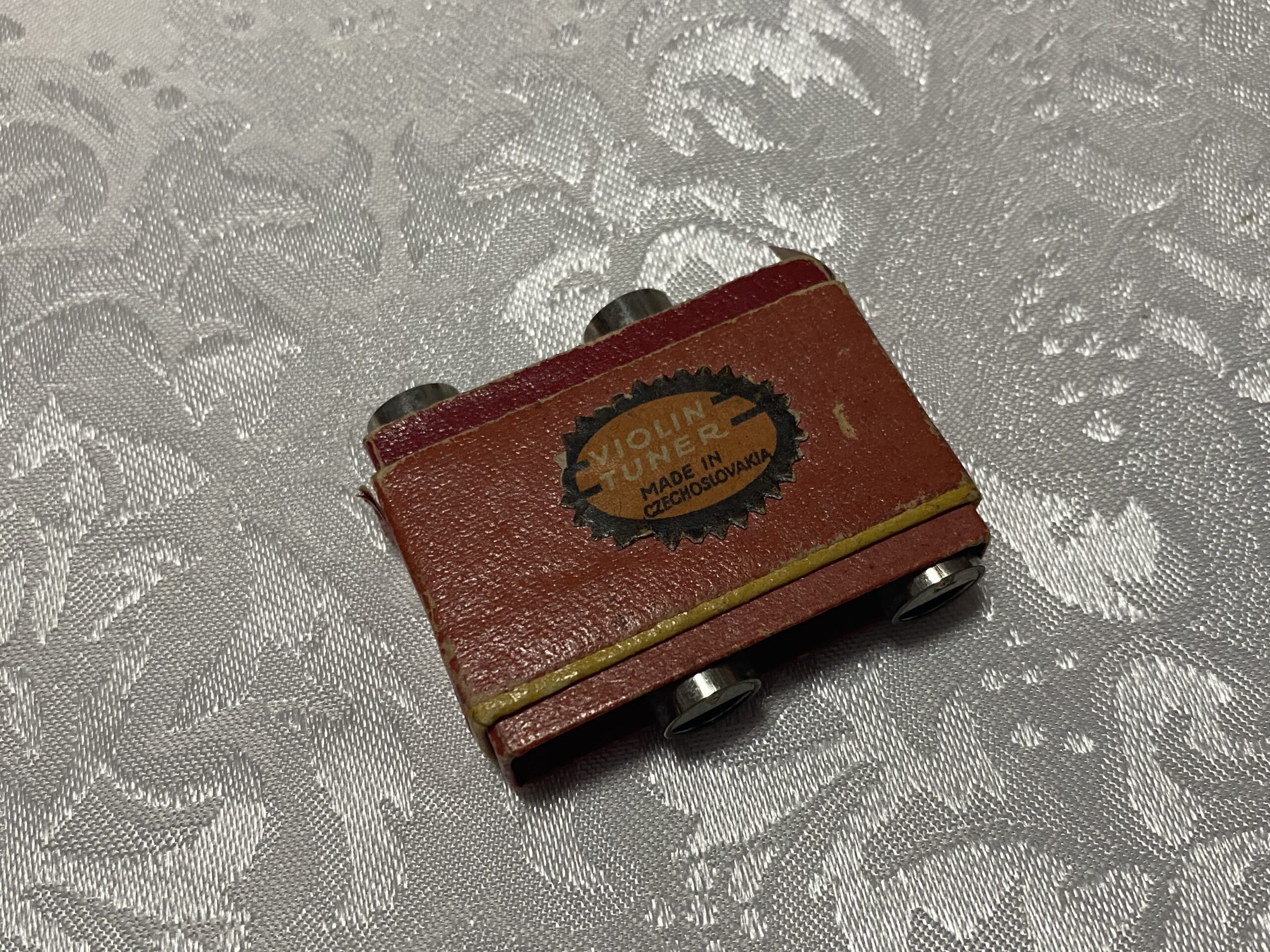
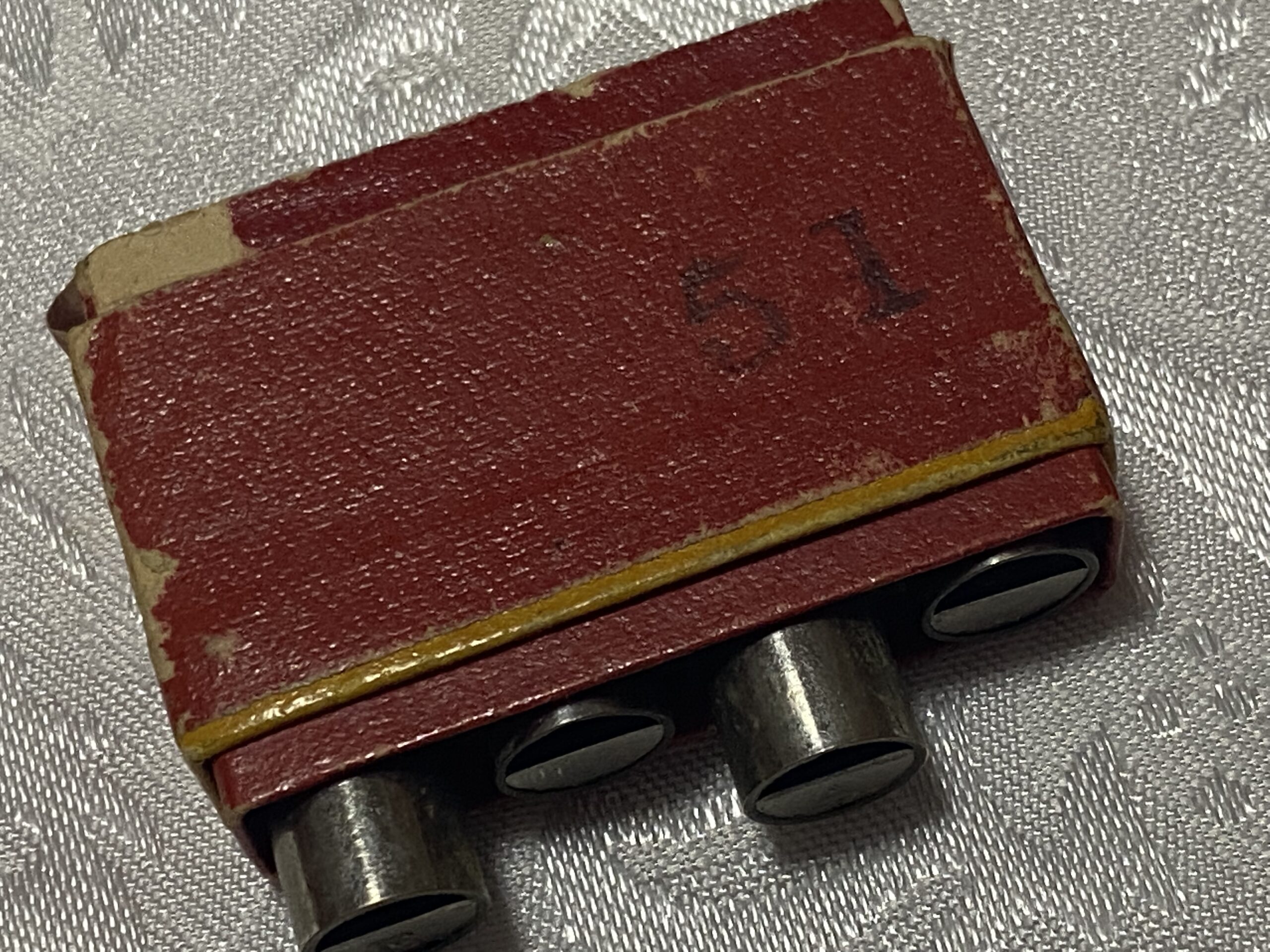
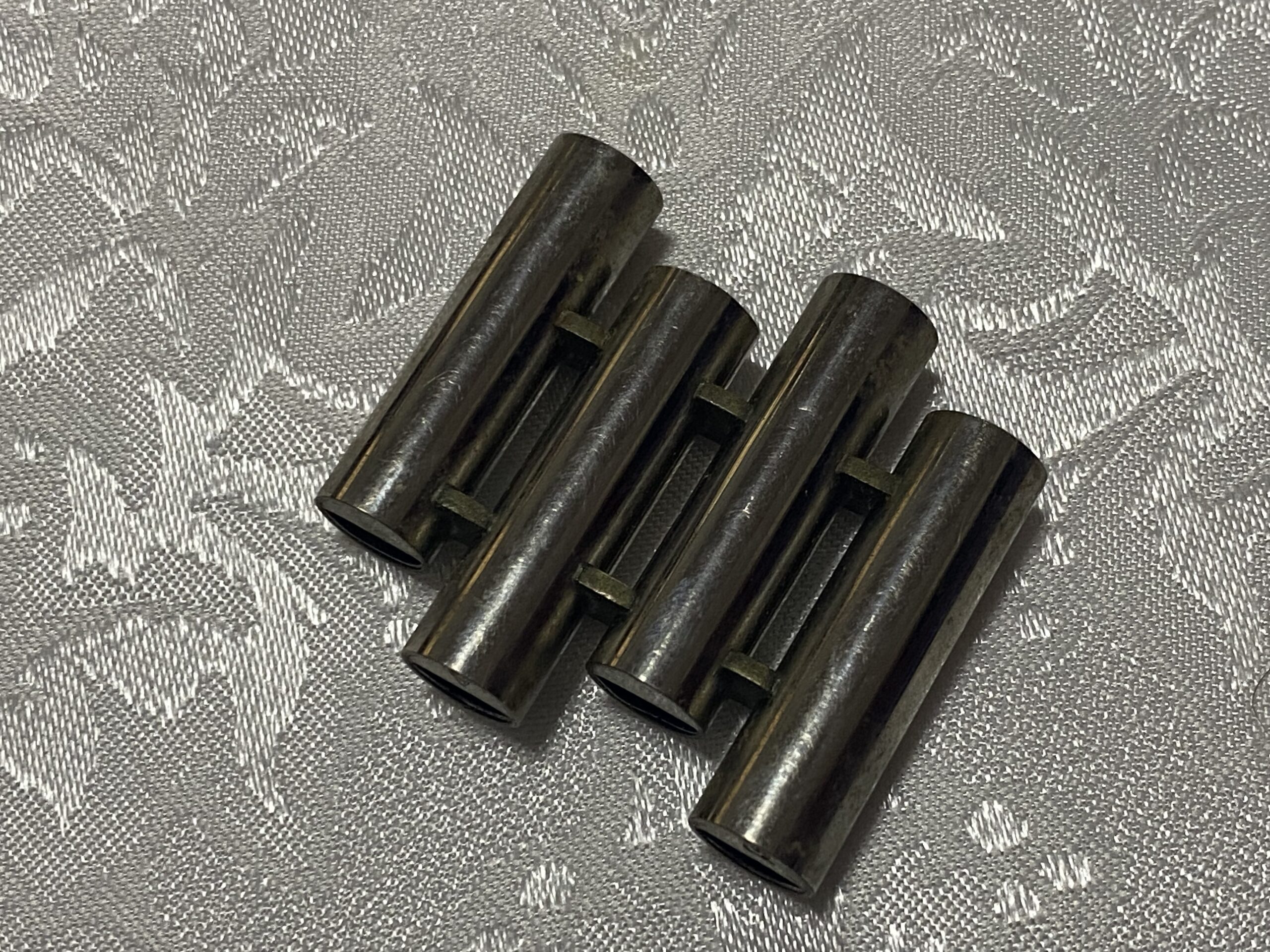
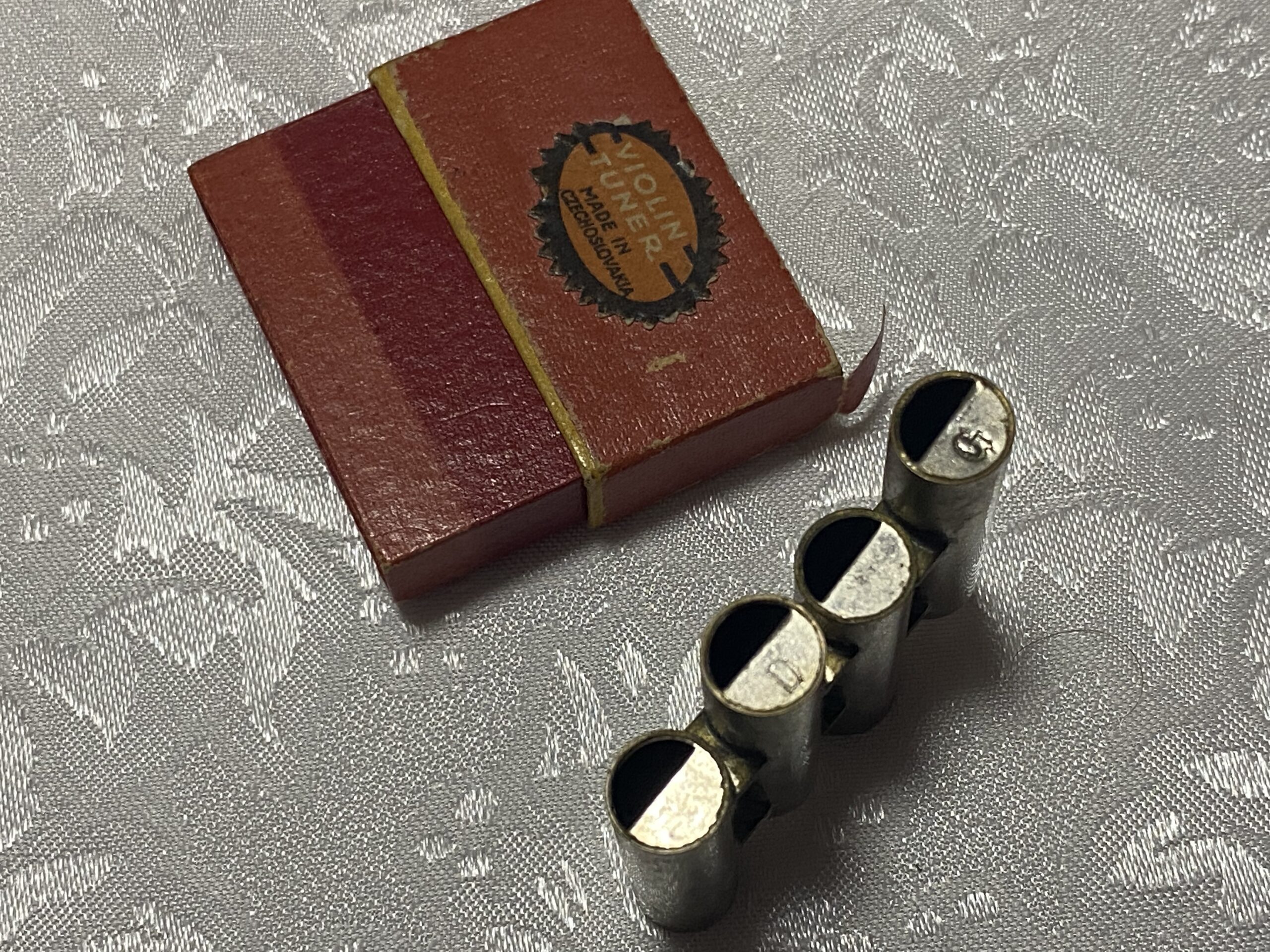
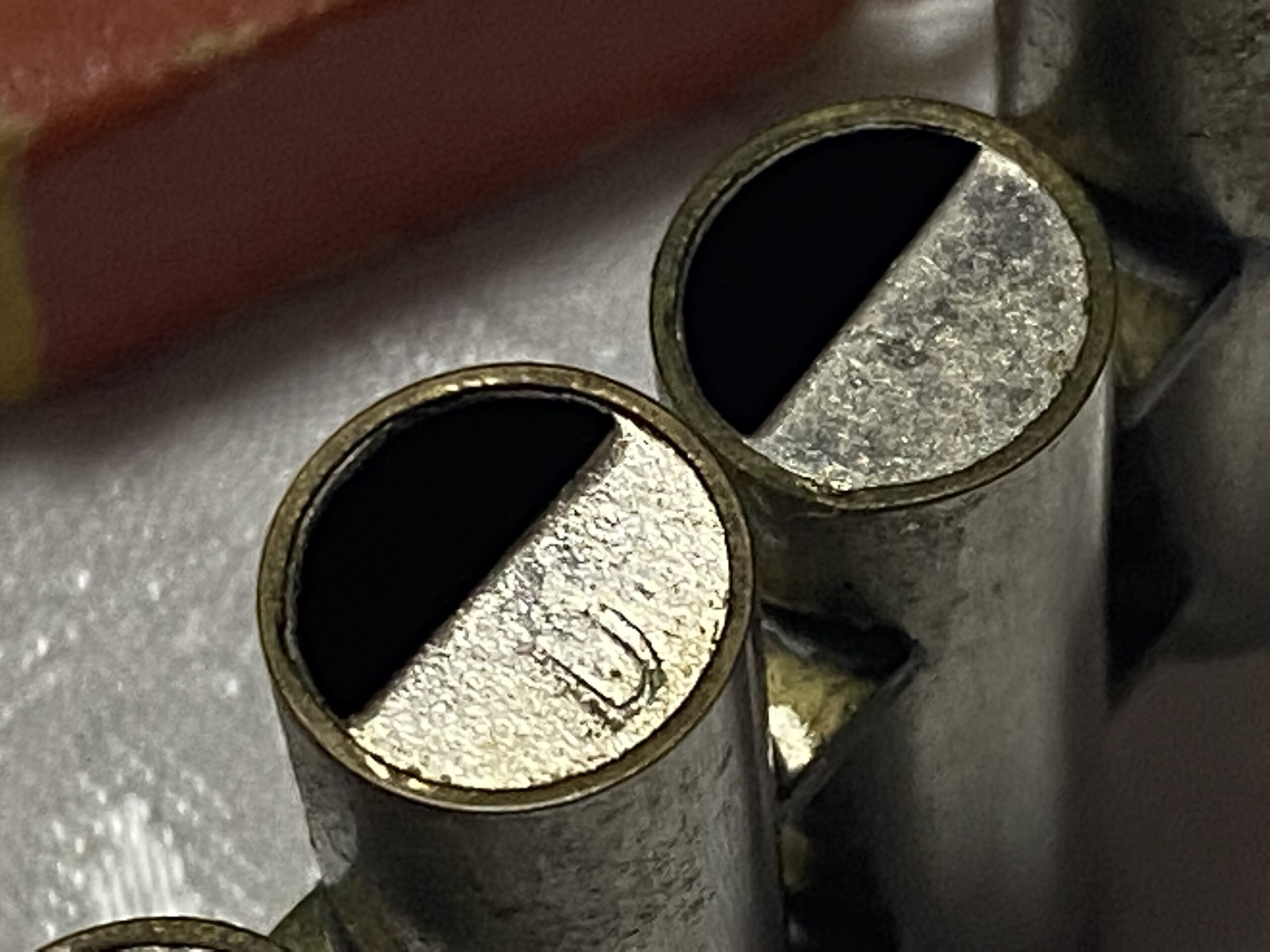
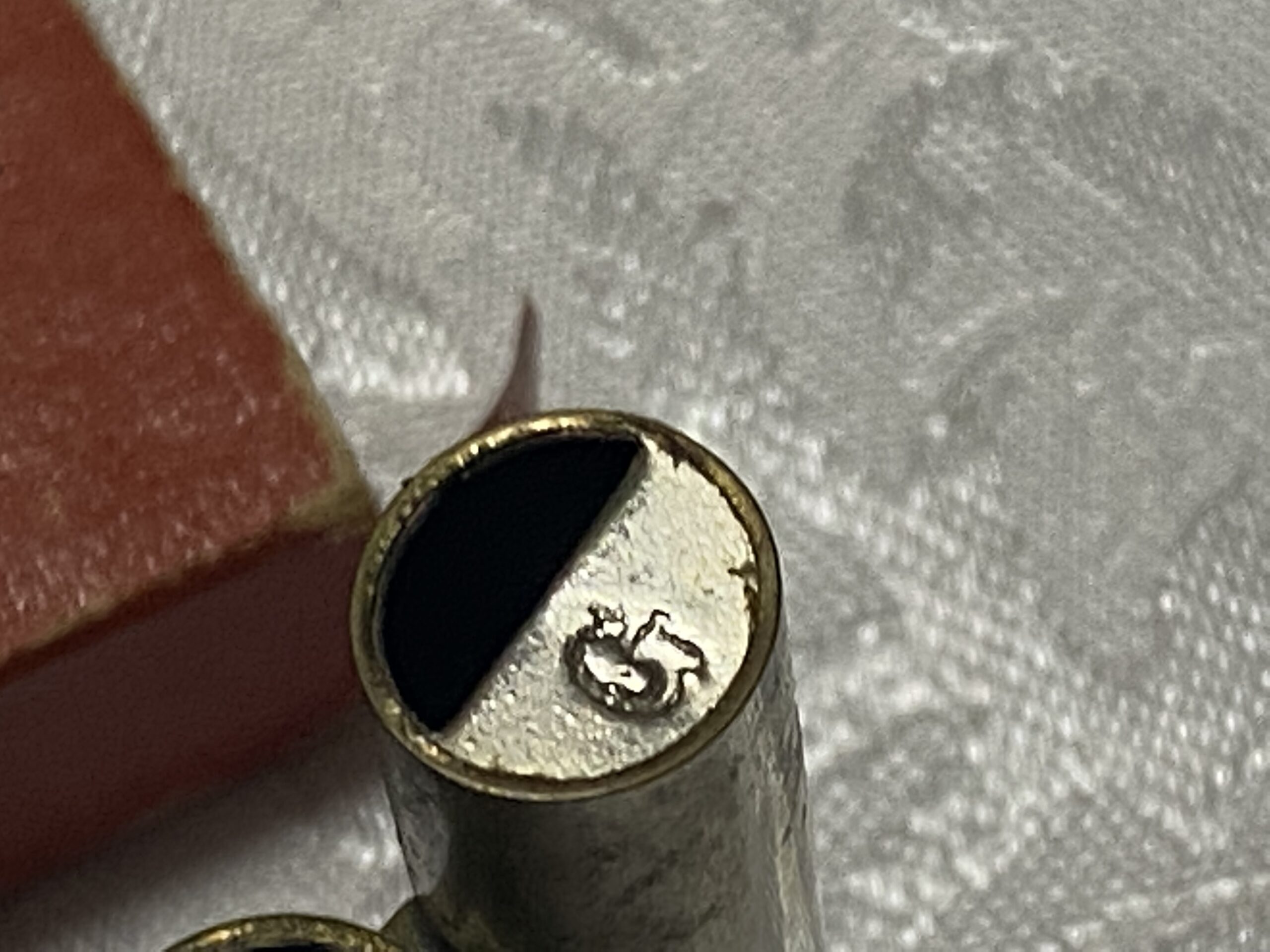
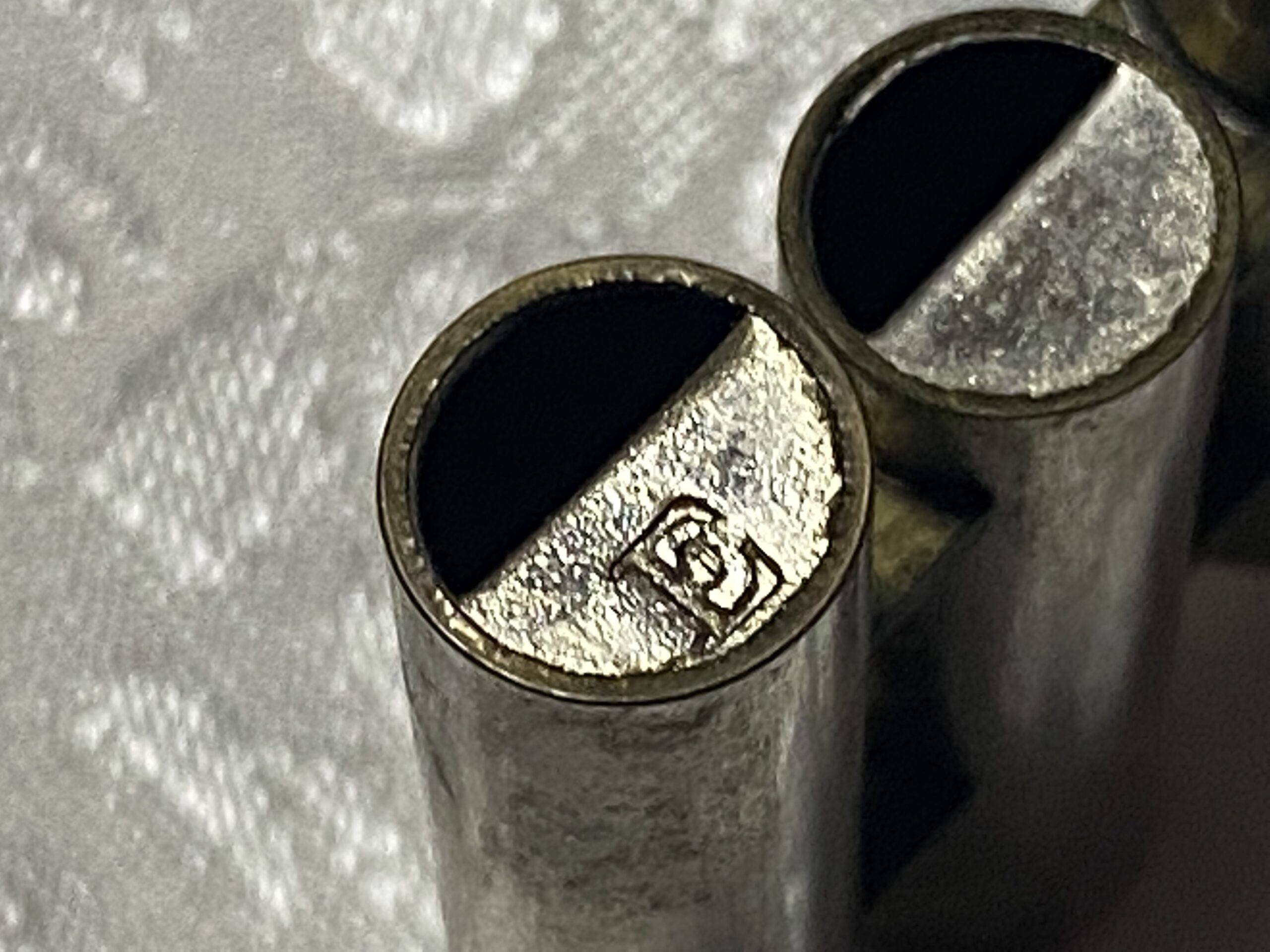
Never Miss an Important Article Again!
Join our Email List


